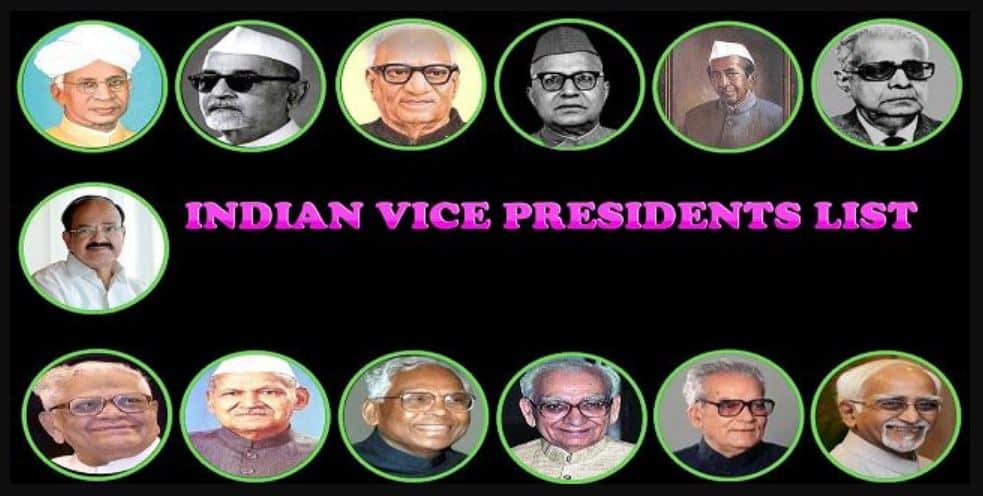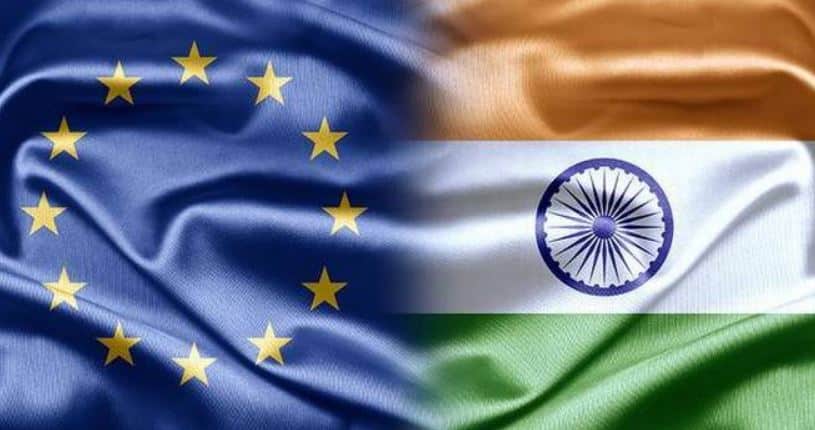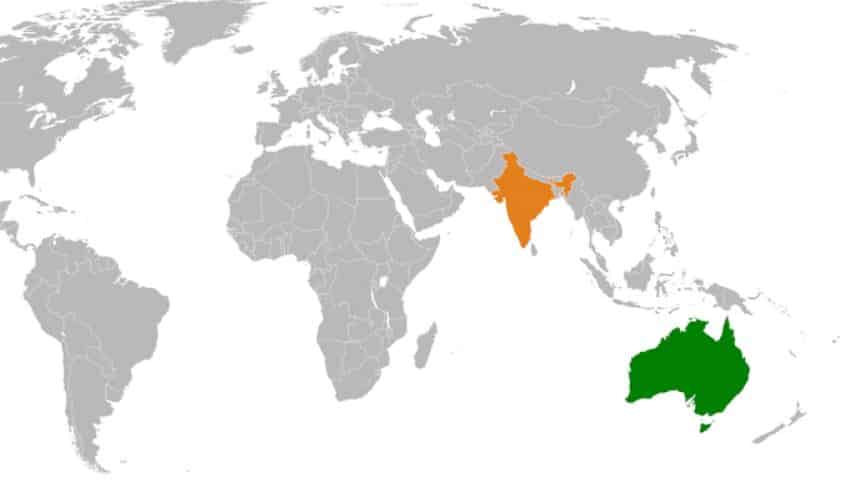Table of Contents
Vice President of India | Powers and Functions | UPSC – IAS
The Vice President of India is the second-highest constitutional office in India after the President. This office was created with a view to maintain the political continuity of the Indian State.
Powers and Functions of the Vice – President | UPSC – IAS
- He acts as the ex-officio Chairman of Rajya Sabha. In this capacity, his powers and functions are similar to those of the Speaker of Lok Sabha. In this respect, he resembles the American vice-president who also acts as the Chairman of the Senate – the Upper House of the American legislature.
- When a bill is introduced in Rajya Sabha, the vice president decides whether it is a financial bill or not. If he is of the opinion, a bill introduced in the Rajya Sabha is a money bill, he would refer the case to the Speaker of the Lok Sabha for deciding it.
- He acts as President when a vacancy occurs in the office of the President due to his resignation, removal, death or otherwise.
- He can act as President only for a maximum period of six months within which a new President has to be elected.
- Further, when the sitting President is unable to discharge his functions due to absence, illness or any other cause, the Vice-President discharges his functions until the President resumes his office.
- While acting as President or discharging the functions of President, the Vice-President does not perform the duties of the office of the chairman of Rajya Sabha. During this period, those duties are performed by the Deputy Chairman of Rajya Sabha.
Indian vs American Vice-Presidents | UPSC – IAS
- The American Vice-President succeeds to the presidency when it falls vacant, and remains President for the unexpired term of his predecessor.
- The Indian Vice- President, on the other hand, does not assume the office of the President when it falls vacant for the unexpired term. He merely serves as an acting President until the new President assumes charge.
From the above it is clear that the Constitution has not assigned any significant function to the Vice- President in that capacity. Hence, some scholars call him ‘His Superfluous Highness’.
Election of vice president of India | UPSC – IAS
The Vice-President’s election, like that of the President’s election, is held in accordance with the system of proportional representation by means of the single transferable vote and the voting is by secret ballot conducted by election commission.
- Vice President of India also acts as the Honourable Chancellor of Panjab University, Chandigarh
- Vice President holds office for five years. The Vice President can be re-elected any number of times.
Frequently Asked Question (FAQ)
Question 1: Is vice president part of parliament?
Under the Constitution, the Parliament of India consists of three parts:-
- The President.
- The Council of States or (Rajya Sabha is the Upper House (Second Chamber or House of Elders).
- Represents the states and union territories of the Indian Union
- The House of the People or Lok Sabha is the Lower House (First Chamber or Popular House).
- Represents the people of India as a whole.
Question 2: Who administers oath of office to the Vice – President?
- The Oath of office to the Vice-President is administered by the President or some person appointed in that behalf by him.
List of vice presidents of India | UPSC – IAS
| NO | Name | Portrait | Elected (% votes) |
Took office | Left office | Term |
|---|---|---|---|---|---|---|
| 1 | Sarvepalli Radhakrishnan (1888–1975) |
 |
1952 (Unopposed) |
13 May 1952 | 12 May 1957 | 10 |
| 1 | Sarvepalli Radhakrishnan (1888–1975) |
 |
1957 (Unopposed) |
13 May 1957 | 12 May 1962 | 10 |
| 2 | Zakir Husain (1897–1969) |
 |
1962 (97.59) |
13 May 1962 | 12 May 1967 | 5 |
| 3 | V. V. Giri (1894–1980) |
 |
1967 (71.45) |
13 May 1967 | 3 May 1969 | 2 |
| 4 | Gopal Swarup Pathak (1896–1982) |
1969 (49.9) |
31 August 1969 | 30 August 1974 | 5 | |
| 5 | B. D. Jatti (1912–2002) |
1974 (78.70) |
31 August 1974 | 30 August 1979 | 5 | |
| 6 | Mohammad Hidayatullah (1905–1992) |
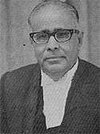 |
1979 (Unopposed) |
31 August 1979 | 30 August 1984 | 5 |
| 7 | R. Venkataraman (1910–2009) |
 |
1984 (71.05) |
31 August 1984 | 24 July 1987 | 3 |
| 8 | Shankar Dayal Sharma (1918–1999) |
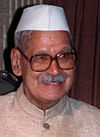 |
1987 (Unopposed) |
3 September 1987 | 24 July 1992 | 5 |
| 9 | K. R. Narayanan (1921–2005) |
 |
1992 (99.86) |
21 August 1992 | 24 July 1997 | 5 |
| 10 | Krishan Kant (1927–2002) |
 |
1997 (61.76) |
21 August 1997 | 27 July 2002 | 5 |
| 11 | Bhairon Singh Shekhawat (1924–2010) |
 |
2002 (59.82) |
19 August 2002 | 21 July 2007 | 5 |
| 12 | Mohammad Hamid Ansari (1937–) |
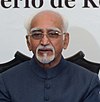 |
2007 (60.51) |
11 August 2007 | 11 August 2012 | 10 |
| 12 | Mohammad Hamid Ansari (1937–) |
 |
2012 (67.31) |
11 August 2012 | 11 August 2017 | 10 |
| 13 | Venkaiah Naidu (1949–) |
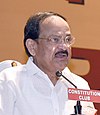 |
2017 (67.89) |
11 August 2017 | Incumbent | — |

